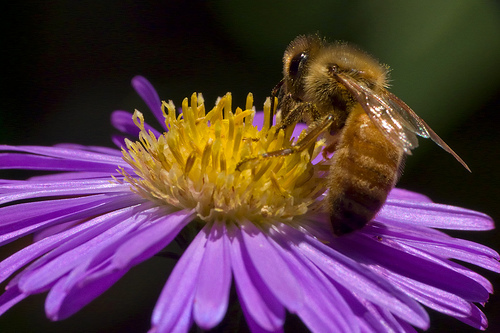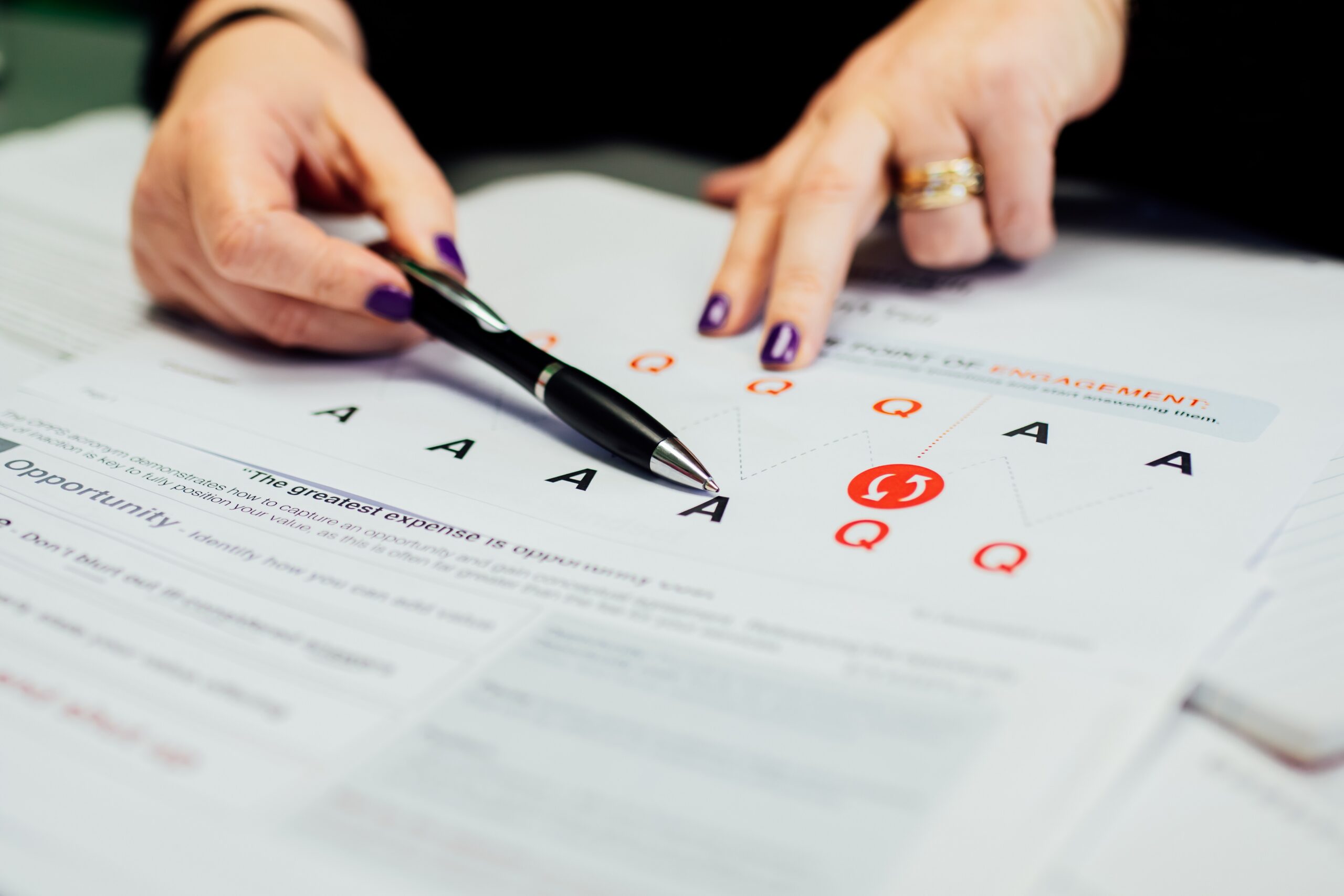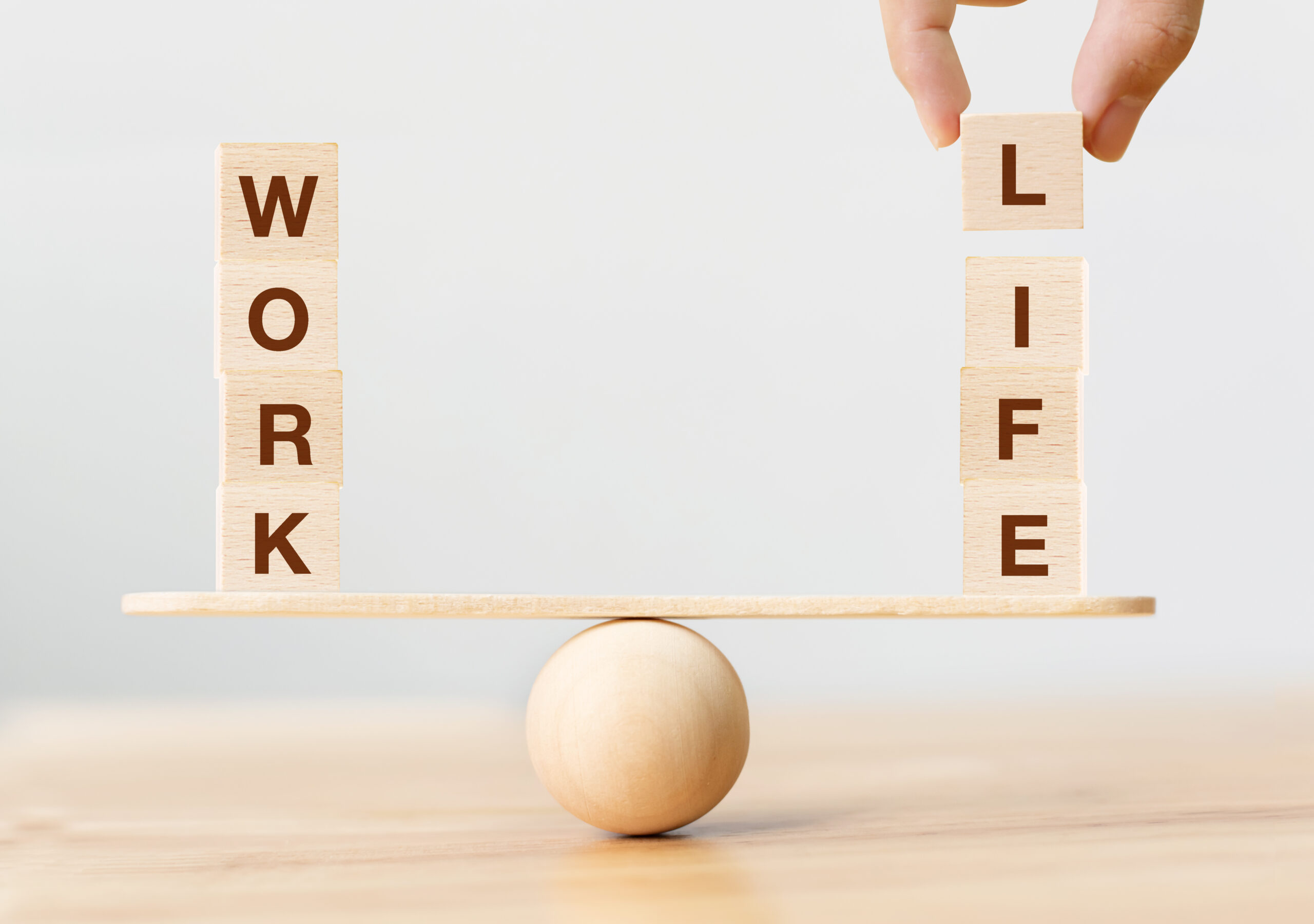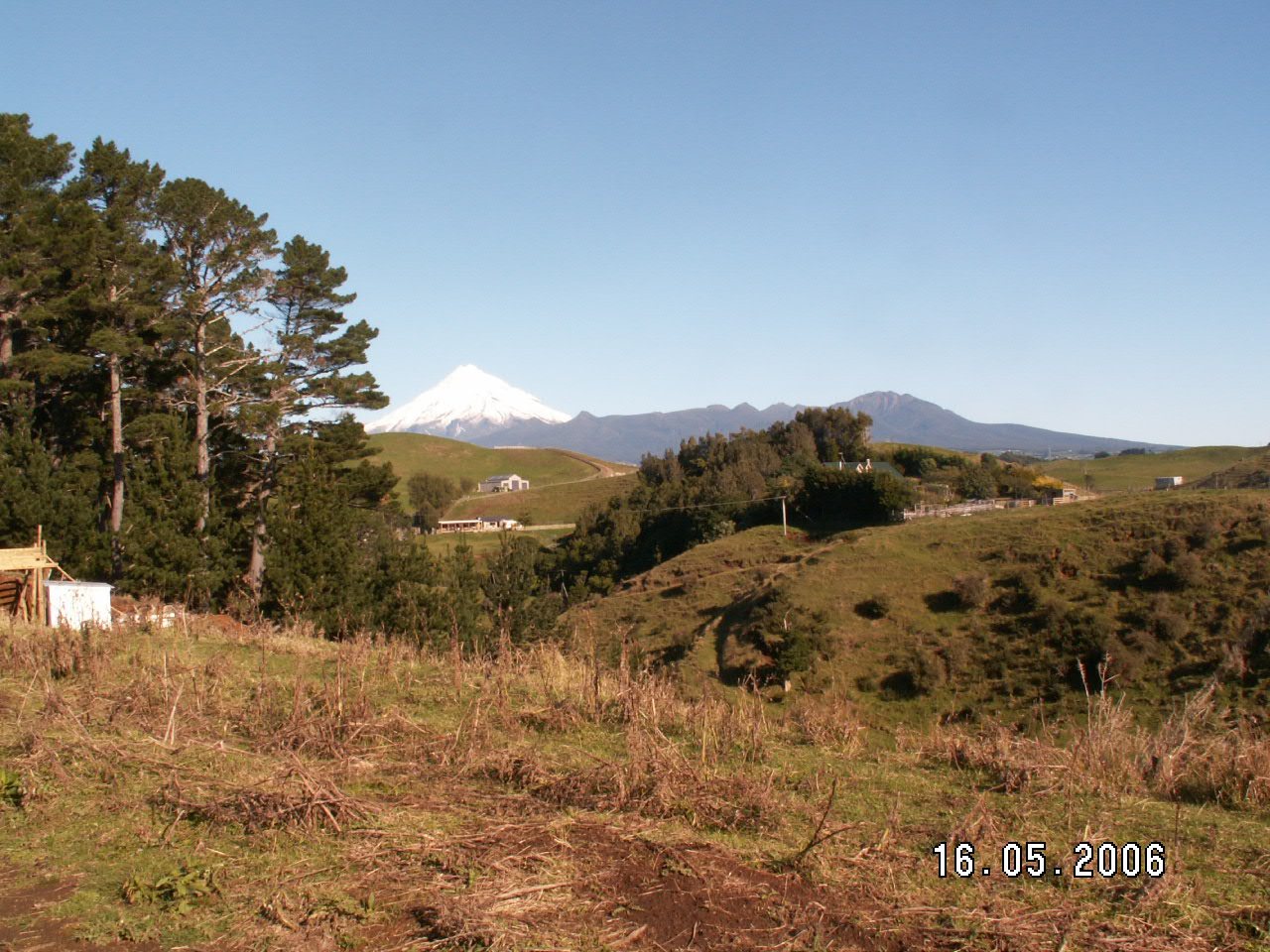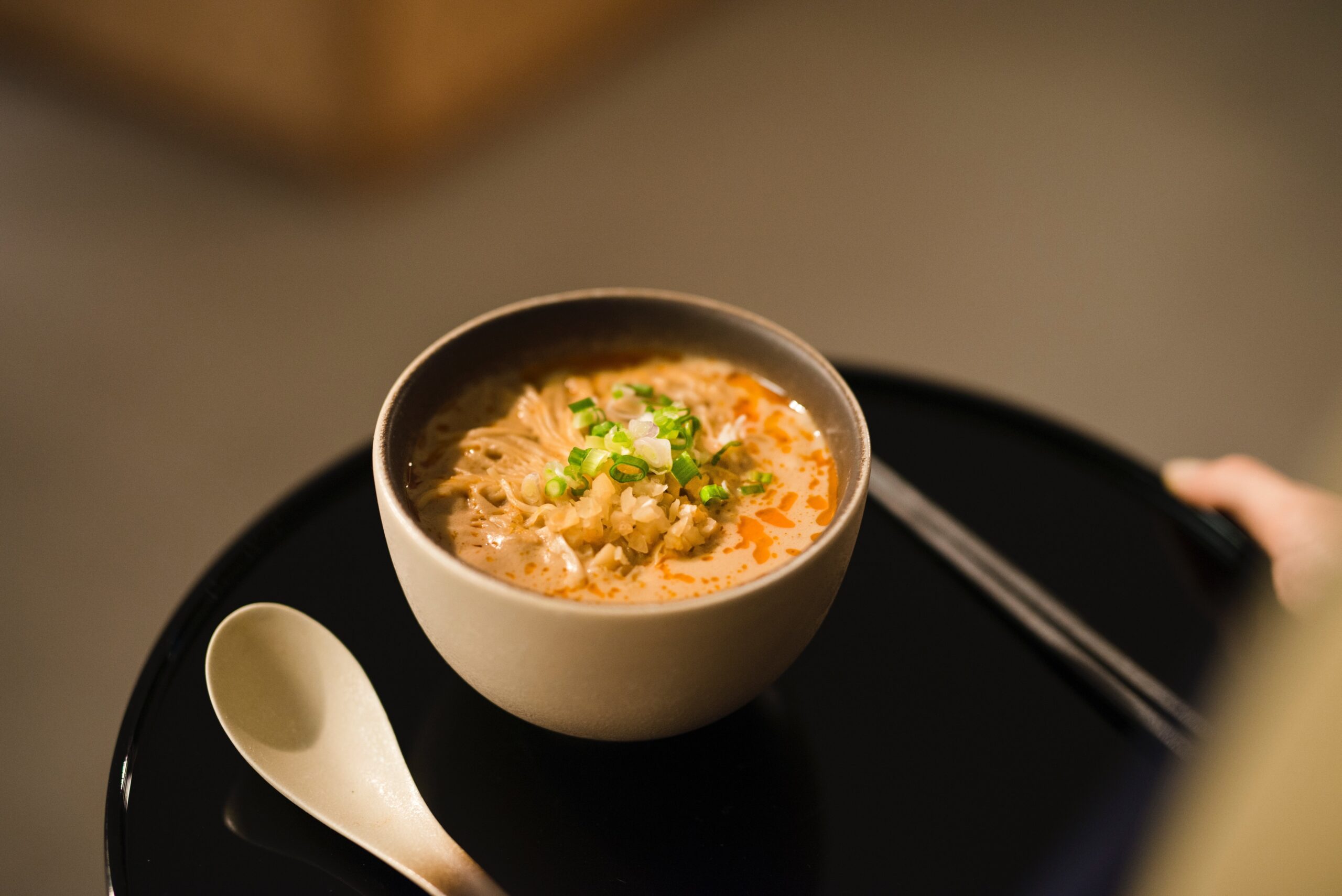Honey bees are important for the pollination of all our fruits and berries and many of our vegetables crops. They don’t need us, but we certainly need them.
Around the world bees are in decline due to disease and other factors. By maintaining a bee-friendly garden you can play a small, but important role in helping to restore honeybee populations.
Photo by Red Barnes via Flickr
Organic gardens are naturally abuzz with bees. Honey bees are important for the pollination of all our fruits and berries and many of our vegetables crops. They don’t need us, but we certainly need them. Worldwide their numbers are on the decline due to disease and other factors. By maintaining a bee-friendly garden, you can play a small but important role in helping to restore honey bee populations while ensuring great pollination in your garden.
Creating a beeutiful garden!
Thanks to beekeepers, honeybees aren’t in danger of disappearing completely, even with the added problems of the Varroa mite. Unfortunately, because of Varroa, wild populations of honey bees are all but gone. Native bumble  bees require our help also. You can help by promoting an environment that encourages bees to visit your garden. Here’s what you can do:
bees require our help also. You can help by promoting an environment that encourages bees to visit your garden. Here’s what you can do:
Provide water: Like all living things, bees require a constant supply of water. Provide a shallow pond in your garden where bees can land on the margins to collect water. Place rocks or grow water lilies in deeper water to provide bees with a safe drinking platform. Wet sand in a large shallow bowl is another way. By providing a water source in your garden you avoid bees visiting your neighbours pool for drinks!
Pollen and nectar: Ornamental plants can direct bees to your garden, but not just any flower will do. If you aim to attract honeybees, you’ll need bee-friendly flowers that produce ample amounts of pollen and nectar.
Amusingly, honeybees tend to fly in straight lines, so you can usually shake a pursuing bee by weaving or running around a tree. Just hope your neighbours aren’t watching.
Interestingly, bees can clearly perceive only four colors: yellow, blue-green, blue, and ultraviolet. Yellow, the color of most pollen, is a bee favorite. Regardless of the colour, if a blossom doesn’t provide enough pollen or nectar, bees will totally ignore it. Interestingly, most modern ornamentals, such as hybrid roses, no longer produce enough pollen and nectar. For the best bee lures plant old-fashioned or heirloom varieties.
Protecting bees: The most serious danger to foraging honeybees is the indiscriminate use of pesticides and other chemicals in the garden. This is just another reason to be organic and spray free. When it comes to controlling garden pests simple home remedies can save the bees. For example, you can eliminate a variety of destructive insects, including aphids, by spraying infested plants with a fast jet of water from a hose. One organic spray, Pyrethrum, is very toxic to bees, if you must use is make sure it is late in the evening when the bees are back in the hive.
Don’t mow: Let a small patch of lawn grow long. Bees love clover and dandelions.
Your safety: Rest assured that foraging honeybees rarely sting while away from the hive. If threatened, they usually fly away. Even so, if you are buzzed by a curious bee, it’s a bad idea to swat at her. Simply walk away. Amusingly, honeybees tend to fly in straight lines, so you can usually shake a pursuing bee by weaving or running around a tree. Just hope your neighbours aren’t watching. Avoid wearing perfumes when you’re in the garden, bees will be attracted to you. Bees are attracted to blue clothing so avoid wearing blue in garden.
Best blooms for bees: Because foraging honeybees (they are all girls) put in 12-hour shifts, they tend to visit only one type of flower at a time. So, they might find a solid mass of sunflowers more alluring than a bed filled with mixed flowers. For the best results, make sure their favorite pollen and nectar producing blooms are continuously available in your garden throughout the year. Below is a smorgasbord of best bets.
Trees: Alders (Alnus spp.) Apples and crabapples (Malus spp.) Viburnum (Viburnum prunifolium) Lime (Tilia spp.) Orange (Citrus sinensis) Tupelos (Nyssa spp.) Cherries, peaches, plums (Prunus spp.) Hazelnuts (Corylus spp.) Maples (Acer spp.) Oaks (Quercus spp.) Persimmons (Diospyros spp.) Sycamores (Platanus spp.) Willows (Salix spp.)
Shrubs: Blackberries (Rubus spp.) Blueberries (Vaccinium spp.) Flowering quinces (Chaenomeles spp.) Abelias (Abelia spp.) Butterfly bushes (Buddleia spp.) Crape myrtle (Lagerstroemia indica) Elderberries (Sambucus spp.) Sumacs (Rhus spp.) Wild or old fashioned roses (Rosa spp.)
Perennials/annuals: Alyssum (Lobularia maritima) Anise hyssop (Agastache foeniculum) Bee balm (Monarda didyma) Black-eyed Susans (Rudbeckia spp.) Basil, Borage (Borago officinalis) Butterfly weed (Asclepias tuberose) Catmints (Nepeta spp.) Chives (Allium schoenoprasum) Cosmos (Cosmos spp.) Globe thistles (Echinops spp.) Lambs’ ears (Stachys byzantina) Lavendars (Lavendula spp.) Milkweeds (Asclepias spp.) Oreganos (Origanum spp.) Pot marigold (Calendula officinalis) Sages and salvias (Salvia spp.) Summer phlox (Phlox paniculata) Thymes (Thymus spp.) Sedum (Sedum spectabile) Sunflowers (Helianthus spp.) Verbenas (Verbena spp.)
